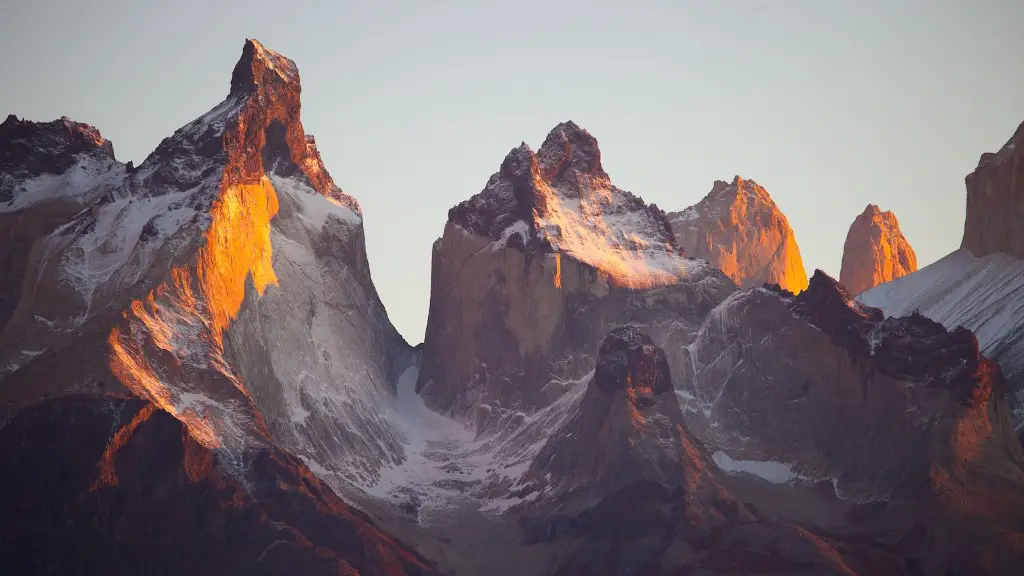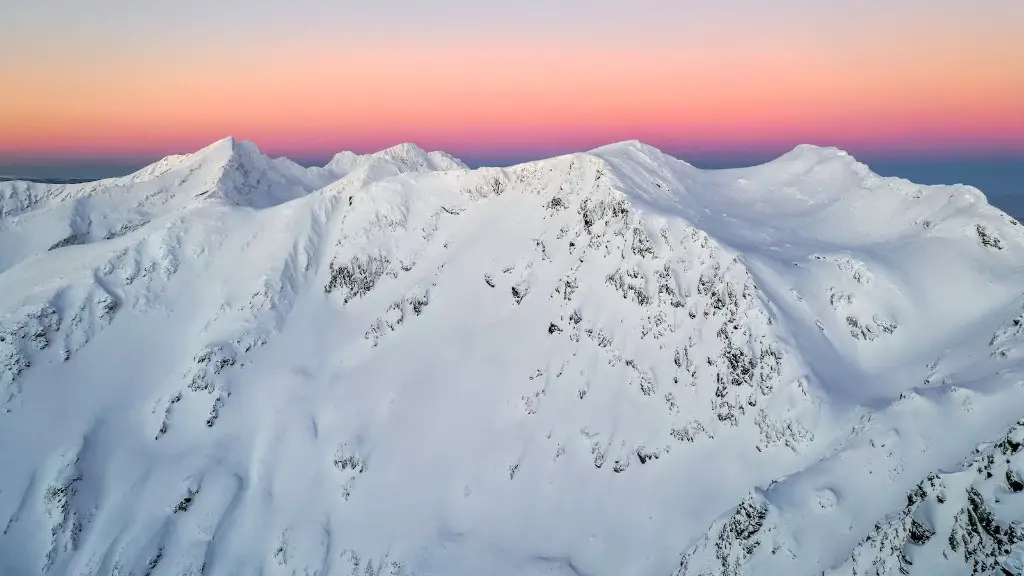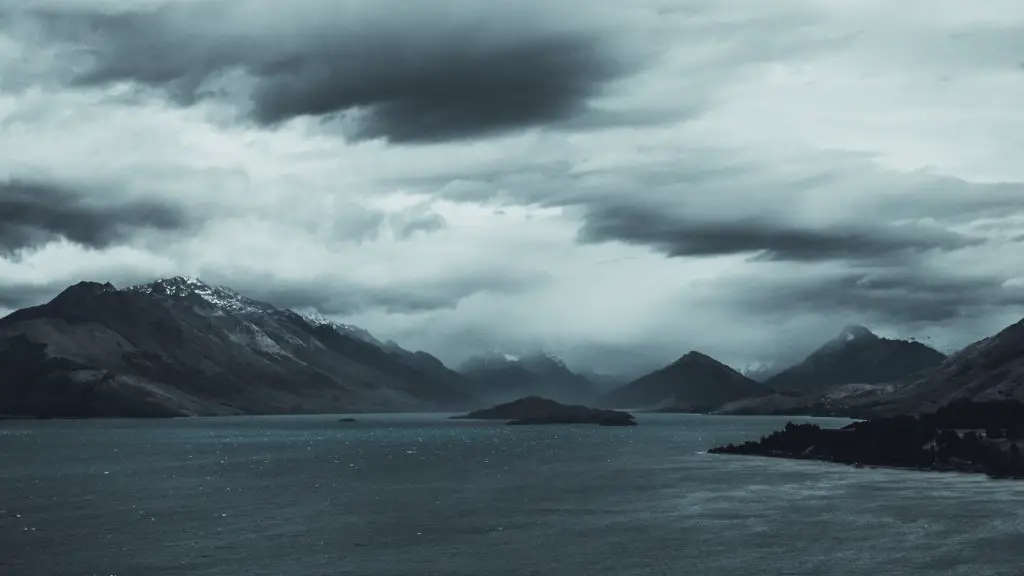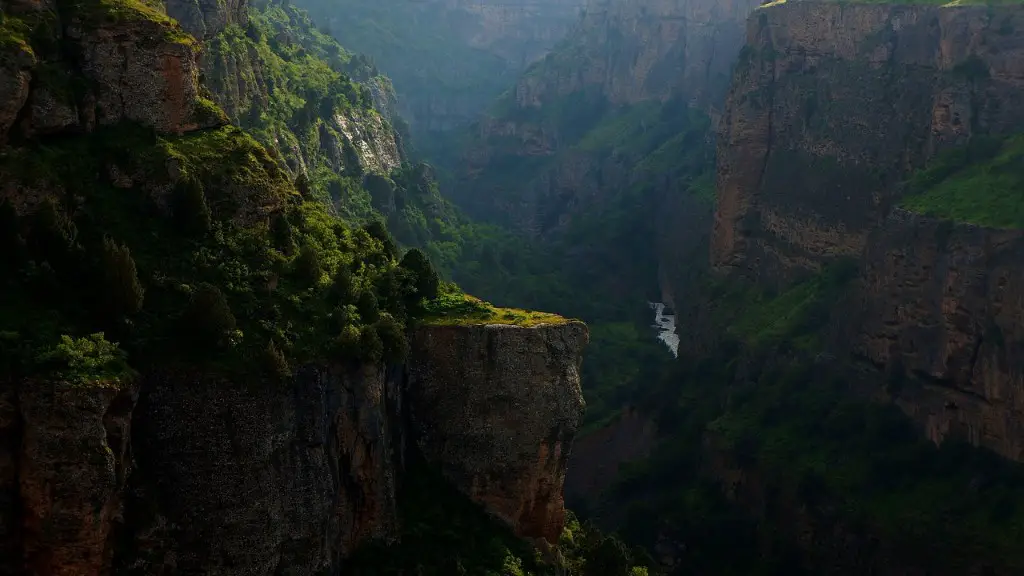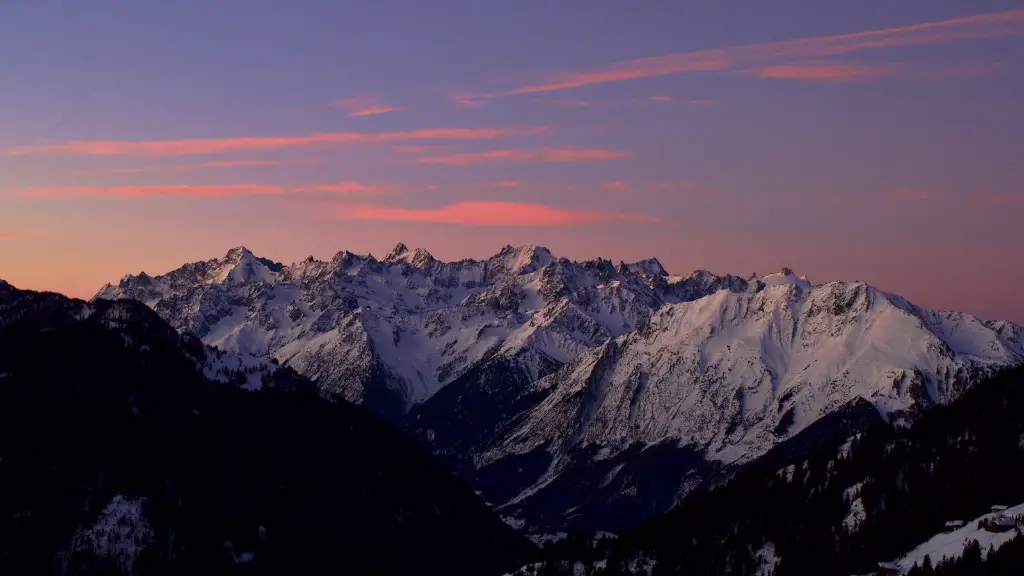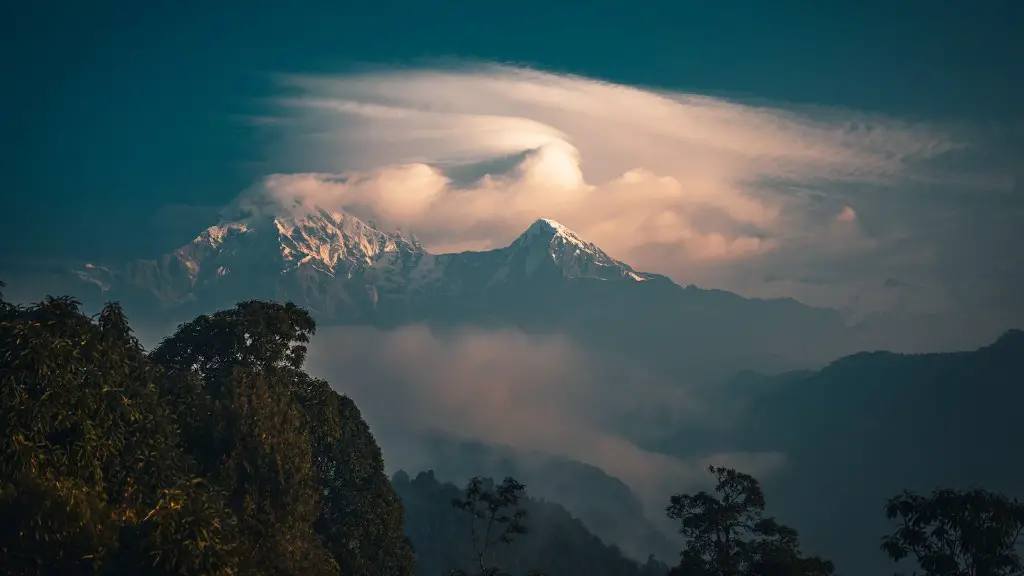Of the Seven Summits, Mount Kilimanjaro is the easiest to climb. In fact, many people do it every year. However, that does not mean that it is a walk in the park. You will need to be in good physical shape and have some basic mountaineering skills.
Yes, anyone can climb Mount Kilimanjaro.
Can a beginner climb Kilimanjaro?
Mt. Kilimanjaro is one of the most popular tourist destinations in Tanzania. Each year, thousands of people from all over the world come to Tanzania to climb Kilimanjaro.
Can beginners climb Kilimanjaro? Yes and to have the best Mt Kilimanjaro climbing experience as a beginner, you should be fully aware of the conditions, seasonal climates, costs, and requirements to prepare yourself for this challenge.
Mt. Kilimanjaro is a very large mountain, and the climb can be tough, even for experienced climbers. If you are a beginner, it is important to be aware of the challenges you will face and to prepare yourself both mentally and physically for the climb.
The conditions on Kilimanjaro can be tough, with high winds and cold temperatures. The mountain is also very dry, so it is important to stay hydrated. The best time to climb Kilimanjaro is during the dry season, which is from January to March.
Climbing Kilimanjaro is not cheap. The cost of the climb includes the cost of permits, guides, and equipment. You will also need to pay for transportation to and from the mountain.
The average cost to climb Kilimanjaro is $2000 to $6000. The price varies from cheap, budget operators to large Western travel agents selling outsourced climbs at an inflated price. There are various, unavoidable fixed costs to any tour operator and if a climb seems too cheap, you’ve got to ask yourself why.
Is it hard to climb Mount Kilimanjaro
Mount Kilimanjaro is a fair difficult mountain to climb. With more than 50% of the climbers suffering from mountain sickness, Kilimanjaro is an extreme altitude mountain trek. Measuring 19,341 feet, or 5,895 meters, you will need to prepare well and train before attempting to climb Kili.
Many people underestimate the physicality of climbing Kilimanjaro, thinking that because it is not a “climb” per se, that they do not need to be in excellent physical condition. This is simply not the case. While you do not need to be super-fit, you should be able to run for 30 minutes two to three times a week, and enjoy an all day hike at weekends, as a minimum.
Is Everest or Kilimanjaro harder?
Kilimanjaro is generally considered to be the harder of the two treks, primarily due to summit night. While there are aspects of the Everest Base Camp trek that are harder than Kilimanjaro, the overall consensus is that Kilimanjaro is more difficult. The main reason for this is the summit night, which is a big challenge.
Kilimanjaro’s altitude is a significant challenge, but climbers do not need supplemental oxygen to climb Kilimanjaro or reach the summit. To reach to the summit you use the acclimatization method of walking slowly “pole pole” climb high, sleep low.
How many hours a day do you hike on Kilimanjaro?
Summit day is the most challenging day of the hike, as you’ll be hiking for a longer period of time than usual. Be sure to pace yourself and take breaks as needed. It’ll be worth it when you reach the summit of Kilimanjaro!
It is a good idea to give yourself five to nine days to complete the Mount Kilimanjaro Summit. This way, you will have enough time to become acclimatized to the altitude and will be less likely to experience fatigue. Plus, the more days you spend on the mountain, the more likely you are to successfully summit.
Can Kilimanjaro be climbed in a day
However you choose to climb Mount Kilimanjaro, be prepared for a challenge. The mountain is one of the world’s tallest, and the air is thin at the summit. But the views from the top are more than worth the effort. With a little planning and preparation, you can make your Kilimanjaro climbing adventure a success.
Mt Kilimanjaro is one of the most popular mountains in the world. Every year, about 50,000 trekkers try to reach the summit. According to research published by the Climb Kilimanjaro Guide, the average summit success rate across all climbers and routes is 65%.
Can you breathe at the top of Mount Kilimanjaro?
The lack of oxygen at high altitudes can cause a number of issues, including fatigue, dizziness, headache, and even altitude sickness. It is therefore important to take things slowly when climbing to Kilimanjaro’s peak, and to be aware of the symptoms of altitude sickness.
The temperatures on Mount Kilimanjaro are determined more by the altitude and time of day. At the base of the mountain, the average temperature is around 21 to 27 °C and at the summit, Uhuru Peak, the night time temperatures can range between 20 and -20 degrees Fahrenheit (-7 to -29 degrees Celsius).
Is there a death zone on Kilimanjaro
Kilimanjaro summit is roughly the same elevation as Mount Everest Base Camp, Climbers on Everest use oxygen in the so-called “death zone”, above 26,000 ft.
It’s impossible to acclimatize in the death zone, and most climbers will only spend a few hours there before descending. However, the conditions are extremely challenging, and many climbers die each year.
There are “long drop” public toilets at every campsite. Essentially, they are wooden structures built around a deep hole dug into the ground. There are no commodes in the public toilets. You relieve yourself in a hole cut into the bottom of the shack in a standing or squatting position.
How much oxygen is on Kilimanjaro?
It is important to monitor your blood oxygen saturation and heart rate when climbing to high altitudes, as these can be indicators of how well your body is acclimatizing. At the summit of Kilimanjaro, there is approximately 49% of the oxygen available at sea level, so it is important to be aware of how your body is responding to the change in altitude.
Climbing Mount Kilimanjaro is an experience that is absolutely worth it. Although there are risks associated with summiting this peak, these are easily overcome by being prepared and taking the necessary precautions. By knowing what to expect, climbers can safely enjoy the incredible views and sense of accomplishment that come with reaching the summit of Mount Kilimanjaro.
Conclusion
Yes, anyone can climb Mount Kilimanjaro.
Yes, anyone can climb Mount Kilimanjaro. You don’t need to be a professional mountaineer or have any special equipment. All you need is a sense of adventure, a bit of fitness and a lot of determination.
